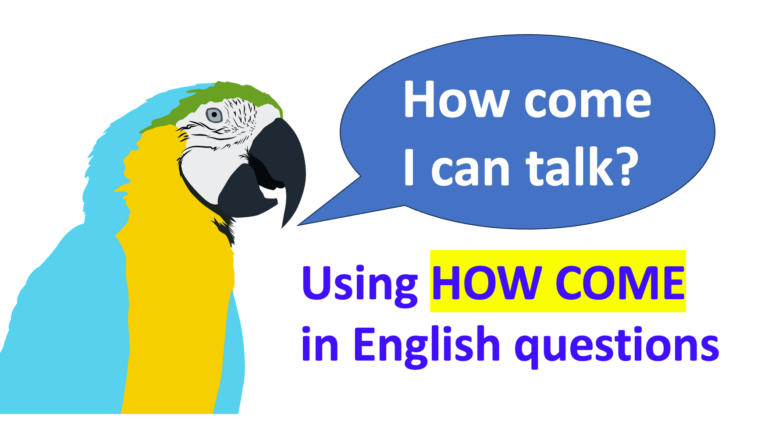Word linking and speech rhythm for better English pronunciation
Hello, I’m Jane at DailyStep English!
How can I make my spoken English sound more natural?
This free audio lesson will help you to speak more natural-sounding English. You will learn about word linking and how English speech rhythm works, so you can speak English in a more natural way, and understand spoken English more easily.
Please practise this lesson many times until you can copy the exact way that I say the poem below.
If you are new to DailyStep English, please register for a free trial of 5 UK/USA audio lessons to help your English speaking, listening, vocabulary and pronunciation.
…
Speech Rhythm and Word Linking in English
by Jane Lawson at DailyStep.com
Take a look at this limerick by Edward Lear, a famous British writer. Limericks are 5-line nonsense poems that always have the same rhythm, so they are a great way to learn natural English.
Listen to this limerick:
You can see that all the stressed syllables are in bold blue font. The other syllables are unstressed – in other words, we say them more quickly and more quietly.
Try repeating this poem several times until you can say with the right rhythm.
Limericks are a great way to learn word linking, because if you say them with the correct rhythm, the word linking comes naturally.
Can you hear these pronunciation mistakes?
If I say this limerick without linking the words together, it does not sound like natural English, as you can hear: (listen as Jane says the limerick without linking the words).
There was an old man called Greg
Who tried to break open an egg
He kicked it around
But fell on the ground
And found that he’d broken a leg
Now listen to it with the words linked properly: (listen as Jane says the limerick with the correct word linking)
How does word linking work in English?
Word linking works like this: where one word ends with a consonant sound and the next word begins with a vowel sound, the words are linked together.
You can see this marked in the picture with red arrows. So we say, for example “break-open-an-egg”, instead of “break open an egg”.
Linking consonant sounds
You can also see in the picture that I have highlighted in yellow the places where the consonant sound at the end of one word links to the consonant sound at the beginning of the next word.
We link consonant sounds when the mouth position of the two sounds is similar, because if we did not link the sounds, it would be difficult to say them quickly.
Listen to these words from the limerick, first separated and then linked, and then try saying them yourself:
found that, found that, tried to, tried to
Now, listen to the whole limerick again, and speak along with me to make sure you get the correct rhythm and word linking. (listen as Jane repeats the limerick)
If you like this lesson, please share it. Thank you 🙂
If you enjoyed my Audio Blog, please share it. Thank you 🙂
How to speak English fluently and understand fast English
DailyStep English Audio Lessons are designed to help you learn to speak and understand English at the speed that we speak it.
No matter how good your English is, you need to be able to follow a fast conversation in order to participate.
DailyStep English courses are fully accredited and you can get an internationally-recognised certificate for your CV or resume.
How to use your lessons:
How to slow the audio:
How to Start Daily Audio Lessons
✔ Daily Audio Lessons + Premium Audio in my Blog Library
✔ Your lessons never expire – you can take them again any time
✔ Change your level any time
✔ 100% happy or your money back!

.jpg)





